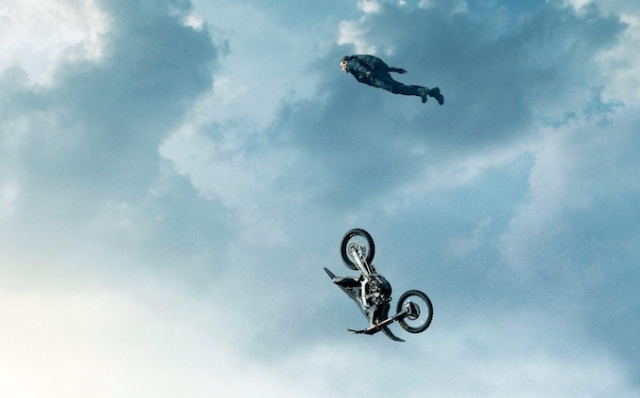 Doing his thing again: Tom Cruise as Ethan Hunt in the upcoming Mission Impossible Movie. >From what The Dark Knight received back in 2008, his very last line may be the most insightful. After defeating the Joker, Batman has sunk to the bottom, and Lt. Gordon Gary Oldman pays his respects. «He's the hero Gotham deserves,» he growls, «but not the one he needs right now.»
Doing his thing again: Tom Cruise as Ethan Hunt in the upcoming Mission Impossible Movie. >From what The Dark Knight received back in 2008, his very last line may be the most insightful. After defeating the Joker, Batman has sunk to the bottom, and Lt. Gordon Gary Oldman pays his respects. «He's the hero Gotham deserves,» he growls, «but not the one he needs right now.»
The philosopher Joseph de Maistre once wrote: «Every nation gets the government it deserves.» Something similar happens with the heroes of movies and action movies. The selfish 1980s were dominated by one-man armies like Arnold Schwarzenegger and Sylvester Stallone; in the 1990s, heroism became a commodity sold by handsome men with names like Keanu and Brad.
The next decade — roughly the era of Christopher Nolan's The Dark Knight trilogy — serious actors such as Christian Bale and Matt Damon furrowed their brows and wrestled with geopolitics, while a decade later, as dissatisfaction with dealing with problems with with firearms and fists, it was comic book superheroes ready for the moment.
But that's all history. With the odd exception — Spider-Man: Into the Spider-Verse made £16.2m in the UK over two weekends alone — superhero fatigue seems to be setting in. So, for our heroic blockbusters this summer, who are we talking to? ? The answer is downright chilling: Harrison Ford is back in Indiana Jones and the Disc of Destiny, Tom Cruise is starring in Mission: Impossible — Death Worth Part One, Stallone is appearing in The Expendables 4 — and now he's available to stream after The lucrative Keanu Reeves, which hit theaters this spring, returns in John Wick: Chapter 4. It's 2023, but we're back in the 1980s and 1990s.
To understand what went wrong, you have to trace the hero of the action movie to its beginning. The Last Action Heroes, Nic de Semelin's new book on pumped-up 1980s vintage, sketches in context. The defeat of the United States in Vietnam and domestic political turmoil caused the country to «call for a hero» — someone who could fix everything with a wink, a joke, and a gun the size of a leaf blower.
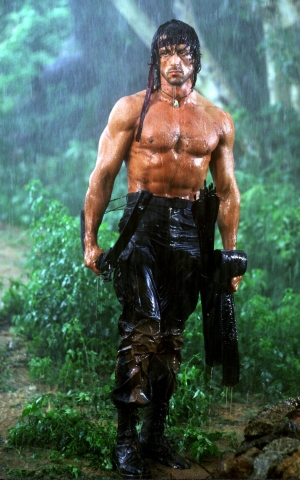 “Vietnam did the right thing”: Sylvester Stallone in the movie “Rambo: First Blood. The original version of Rambo suited the uncertain national sentiment: in the 1982 film First Blood, Stallone played him as a Vietnam veteran who flees to a small American town only to discover that the country whose values he thought he was protecting avoids him. abroad.
“Vietnam did the right thing”: Sylvester Stallone in the movie “Rambo: First Blood. The original version of Rambo suited the uncertain national sentiment: in the 1982 film First Blood, Stallone played him as a Vietnam veteran who flees to a small American town only to discover that the country whose values he thought he was protecting avoids him. abroad.
First Blood ends in a violent confrontation between Rambo and the National Guard. When the fullness of betrayal is revealed, our hero surrenders. “Back then I could fly a warship, I could drive a tank, I was in charge of millions of dollars worth of equipment,” he sobs. “Here I can’t even get a job as a valet.”
However, after three years, he found a paid job. In the 1985 film Rambo: First Blood Part II, Stallone travels back to the battlefield in Southeast Asia to hunt down American POWs. What unfolds on the screen is, in fact, the correct Vietnam: ignoring the orders of his superiors, Rambo rescues prisoners of war and kills his opponents from the Soviet Union and the Viet Cong. a war that officially ended 10 years ago with a humiliating defeat.» Where «First Blood» was a success, «Rambo» made a splash and earned over $300 million; even President Ronald Reagan, a former actor, jokingly praised Rambo's approach to foreign policy. America was ready to see its victory again.
This neurosis seeped into the blood of cinema: two years later, in Predator, Vietnam was reimagined again, albeit in the South American rainforest, when Schwarzenegger and his team of Vietnam veterans took on a deadly alien, adopting Viet Cong guerrilla tactics. In 1988's Die Hard, Bruce Willis did something similar in Los Angeles, improvising his way to victory in the bowels of an apartment building taken over by Alan Rickman's East German terrorist team. These were the Reagan heroes for whom the fight was personal, whether they had big government on their side or (more often) not. jpg» /> Reagan hero: Bruce Willis in Die Hard, 1988. Photo: Getty
In this respect, Steven Spielberg's original Indiana Jones trilogy, released between 1981 and 1989, was an oddity in that it avoided contemporary resonance. However, taking viewers back to the days of the swashbuckling series, when getting on the right side of history was no more difficult than getting Ford to mutter “Nazis — I hate these guys,” he offered to escape into the world of moral black and white. /p>
A few years after Reagan faded from view in the early 1990s, stars who had turned their bodies into flesh-and-blood special effects began to feel threatened by technology. «It was that first Batman movie,» De Semlin is quoted as saying by Stallone, referring to Tim Burton's gothic Batman. “The fighters changed radically when it became possible to fasten the muscles with Velcro. Special effects have become more important than one person. It was the beginning of the end.”
But in 1989, Burton's Batman was still the exception, a full decade ahead of the superhero era. At the time, the action genre was more influenced by the emergence of pop writers who honed their craft during the advertising boom of the 1980s: the British brothers Ridley and Tony Scott, and Tony's colleague, master of destruction at Jerry Bruckheimer Films, Michael Bay. . These directors created images that were pristine and bulletproof and needed a new generation of stars to market them: pretty boys with lean muscles, not physiques. Cruise in Tony Scott's Top Gun and Days of Thunder, Reeves in Catharine Bigelow's Point Break, and, perhaps most importantly, in Bay's 1995 debut Bad Boys, Will Smith, Hollywood's first black global movie star.
To their 1980s ancestors, self-parody seemed the only option left—sometimes deliberate (see Kindergarten Cop and Schwarzenegger's Last Action Hero), sometimes not. When Schwarzenegger read the script for a dark comedy called Stop! Or «My mother will shoot.» Stallone, God bless him, took the bait and chased the role: the film failed.
When The Last Action Movie also flopped the following year, Schwarzenegger blamed the failure in part on the new Clinton presidency, but it didn't help that it opened just a week after Jurassic Park, a major 1990s blockbuster and movie without six cans. . in plain sight.
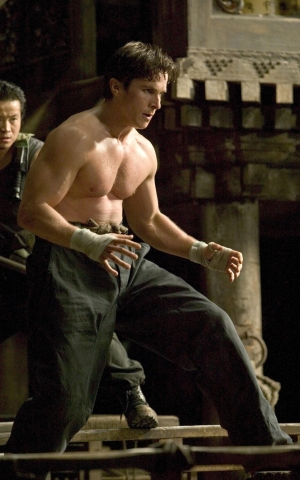 Why so serious? Christian Bale in Batman Begins, 2005. Photo: Alamy
Why so serious? Christian Bale in Batman Begins, 2005. Photo: Alamy
The action of the 1990s began with Terminator 2 and ended with The Matrix: it was man against machine. Of course, real events will soon prove that the enemies of civilization still lurk within. Since the 9/11 attacks, action films have become more serious, and three pivotal trilogies have given us heroes who deal with incendiary themes like surveillance and terrorism. Initial screening of the Bourne films with Damon; the Dark Knight trilogy with Bale; the latest set of Planet of the Apes films with Andy Serkis: as in the 1980s, the action is directed towards real anxieties, but this time without the masculine sheen of comfort.
However, what was worrying was that the result was the original Spider-Man and X-Men trilogies, both of which benefited from a cosmic leap forward in visual effects. They mapped out a plan for a new type of film, one that combined action and science fiction or fantasy with comedy, and one that sold so many tickets that over the next decade the studios practically abandoned those genres in their purebred forms.
The superhero movie has supplanted the action thriller, and thanks to a combination of digital magic and industrial volumes of boiled chicken, its stars have become as huge as their iron ancestors from the 1980s. What's more, the insatiability of this new genre meant that it consumed an entire generation of actors. Even comedy alumni like Chris Pratt and Kumail Nanjiani have been on top of their game with a clever mix of fitness plans and airbrushing.
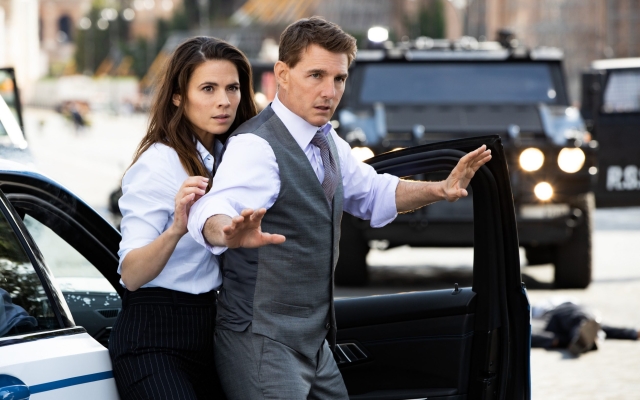 Favorite statesmen: Tom Cruise and Hayley Atwell in 2023 Mission: Impossible: Life Pays Part I
Favorite statesmen: Tom Cruise and Hayley Atwell in 2023 Mission: Impossible: Life Pays Part I
But this superficial vision of diversity proved to be a creative dead end: when Hollywood is full of action heroes, no one is. That's why this summer, nearly half a century after the birth of the action genre, we're returning to the pre-digital generation of action heroes. Watching Cruz do his thing again—physically present, principled in craftsmanship, and fortunately hardly ever used the word «multiverse»—is, at least for some men my age, a quasi-Blair thrill of being loved and still brilliantly combed. the elderly statesman returns to the stage.
But there are problems: First, some of these adults are long overdue for retirement. Ford is 80 years old, and he has repeatedly said that this adventure with Indiana Jones will be his last. Cruz, 60, is ending Mission: Impossible next year, and God help the idiot who's trying to restart it. Stallone, 76, described the latest The Expendables movie as passing the torch to his co-star Jason Statham. At 55, Statham, who belongs to a number of action stars who are largely opposed to superheroism, including Gerard Butler, 53, Vin Diesel, 55, and Dwayne Johnson, 51, can hardly be described as a face. new generation.
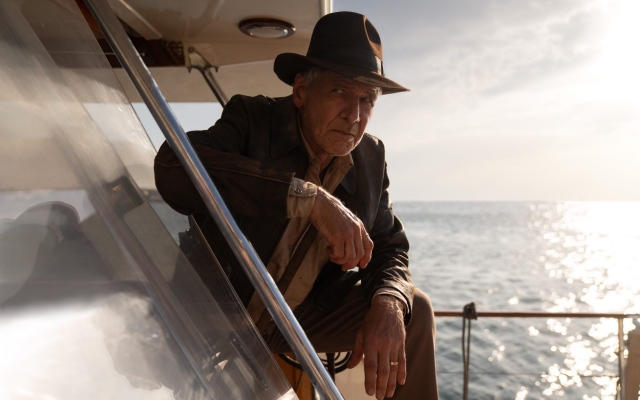 Last Generation: Harrison Ford in Indiana Jones and the Dial of Doom, 2023 Photo: Lucasfilm
Last Generation: Harrison Ford in Indiana Jones and the Dial of Doom, 2023 Photo: Lucasfilm
There is also distrust of the alpha male's saving powers. Unlike the Vietnam-obsessed 1980s and 2000s speculating about a new world order, today's villains are nebulous horror machines like climate change and pandemics: no rocket launcher or muscular body can probably solve any of them convincingly. them. (Although it should be said that Butler tried his hand at Geostorm 2017, averting a climate catastrophe by hitting the weather.)
The political priorities of the industry have also changed a lot since the Weinstein days — at least to the extent that which they will put in the display case concerns. Lone macho wolves who get their way with strength are now considered toxic masculinity: if the empathetic reader were ever asked to review the script of, say, 1985's Commando, the recovery process would require a whole stall of emotional support dogs. p>
As the end is finally approaching for the heroes of the original Hollywood action movies, the succession plan is nowhere to be seen. The mission to replace them looks more and more impossible.
Indiana Jones and the Dial of Doom comes out June 28; Mission: Impossible — Death Wages Part One releases July 11

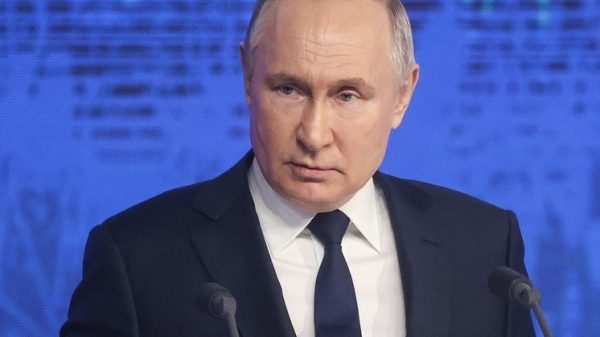
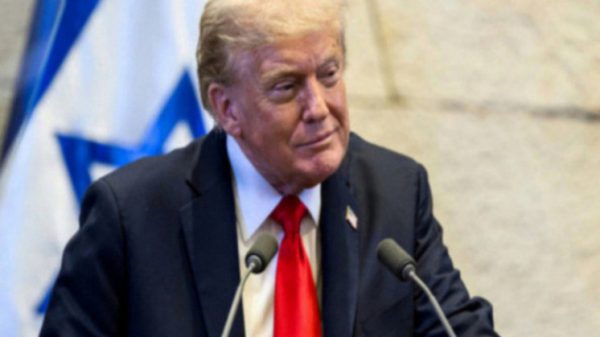
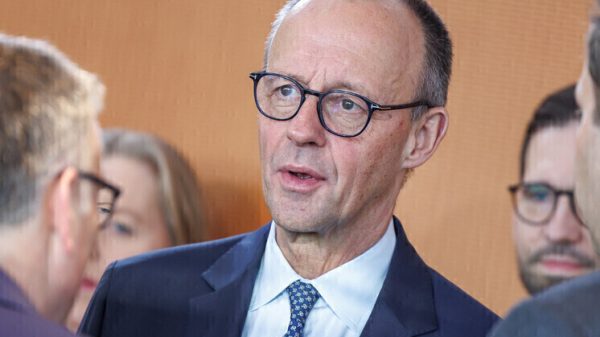
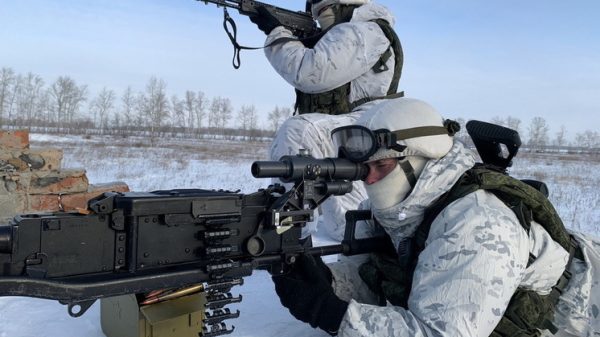
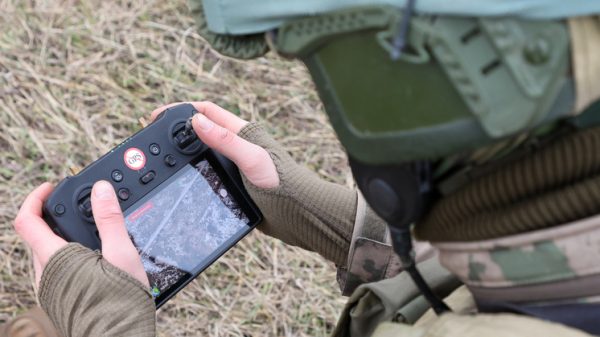

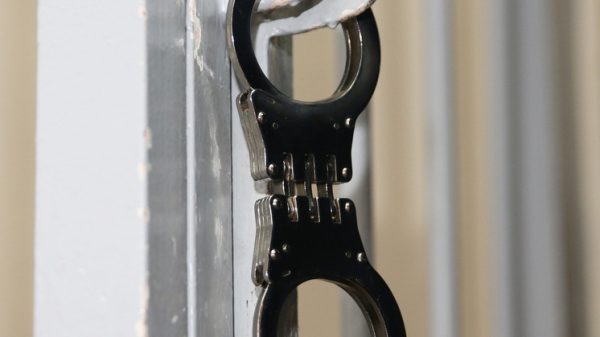




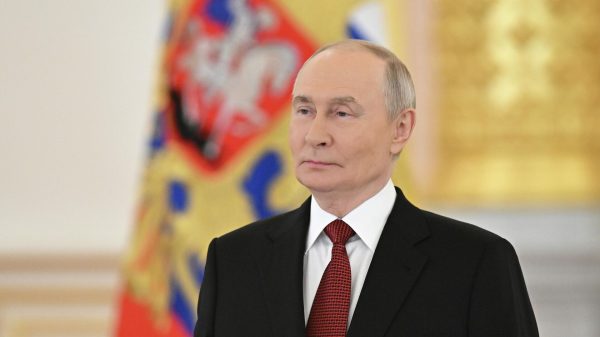
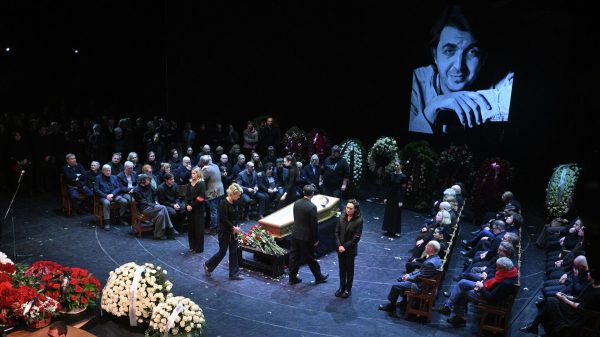
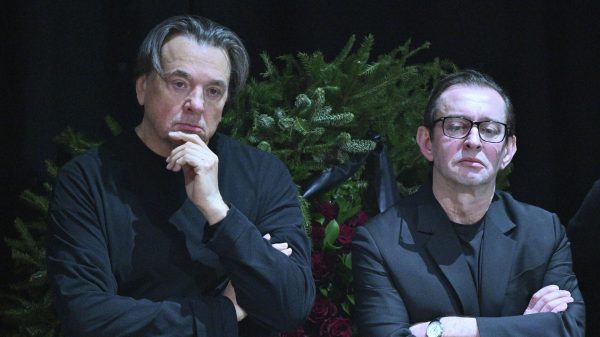
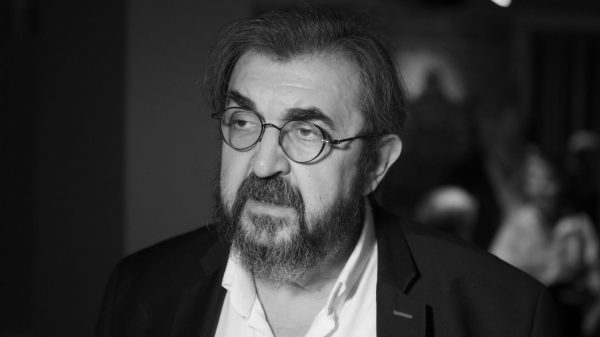
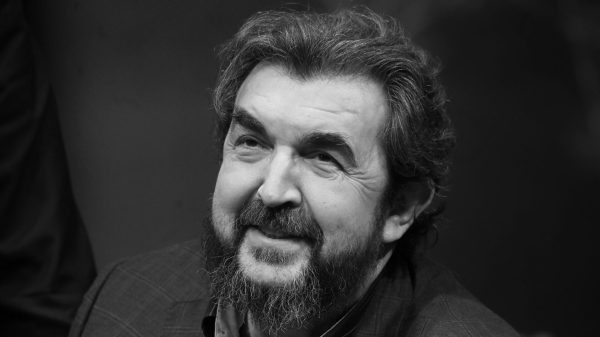
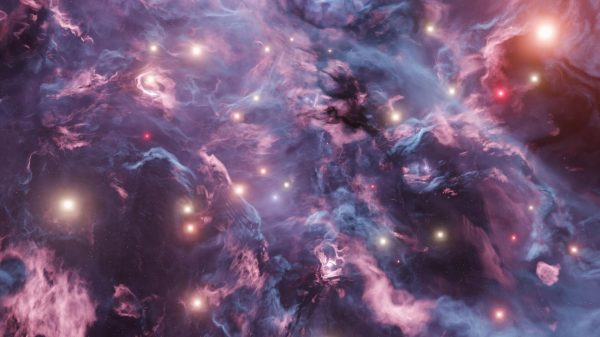
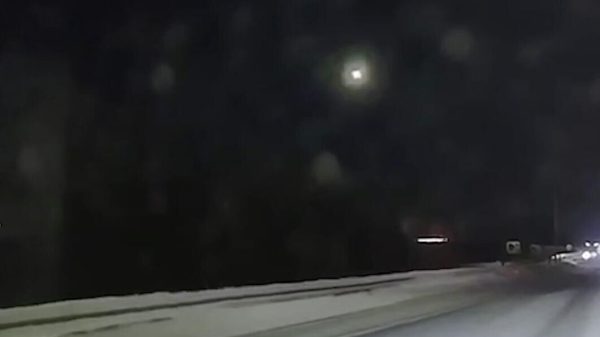
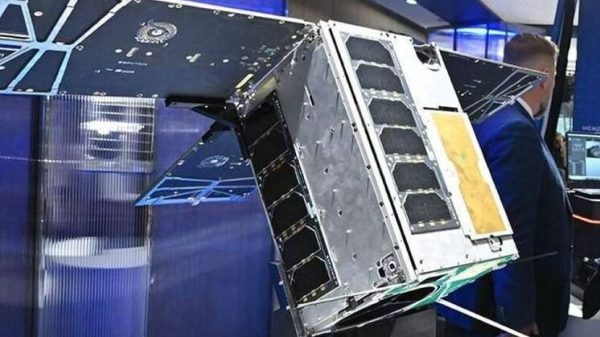

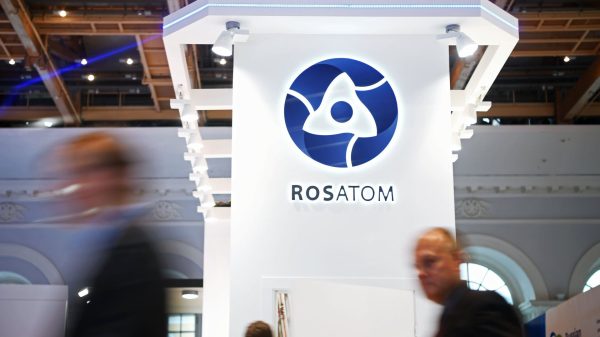





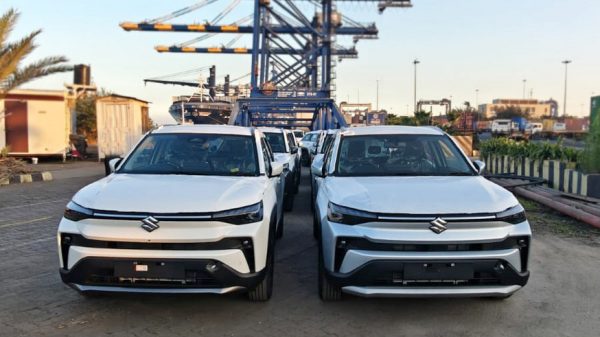
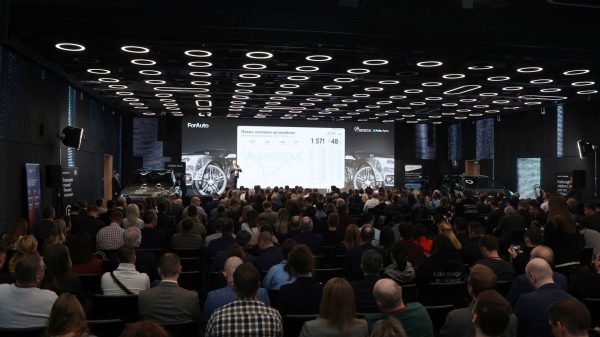


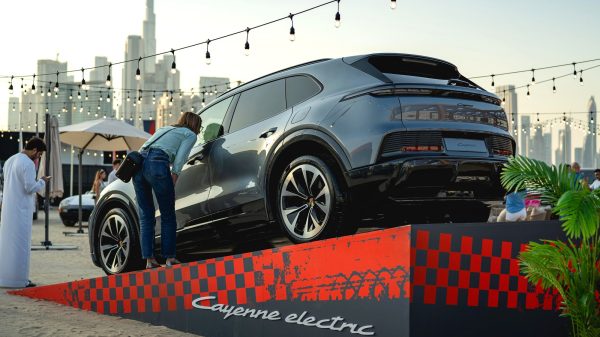



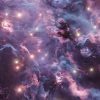












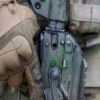




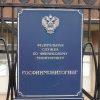



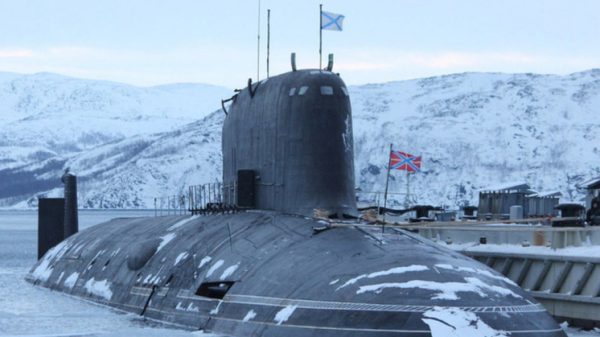
Свежие комментарии